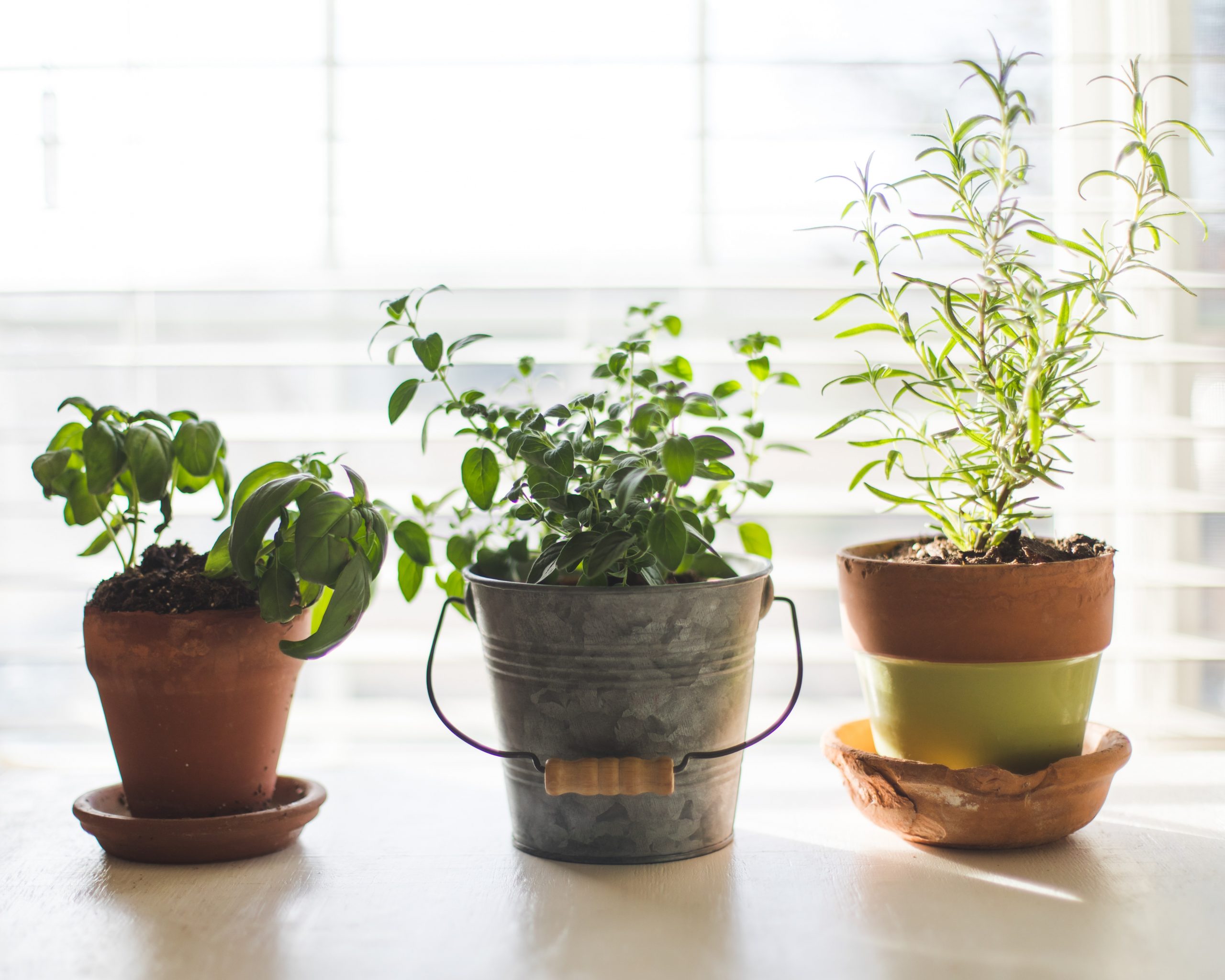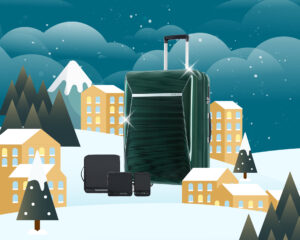You don’t need to have a green thumb to cultivate your own herbs even if you don’t have your own backyard garden.

If you love cooking at home or want to try your hand at the culinary arts in your own kitchen, then you’ll understand of using fresh ingredients – especially when it comes to fruits, vegetables and herbs. You want your fruits plump and juicy, vegetables crisp and vibrant, and herbs fragrant and sturdy. However, the closest we can get to that is the fresh produce aisle – or is it?
Herbs play a pivotal part in cooking. They add vibrancy, fragrance, and elevate flavours in your dishes, and is defines whether or not your dish will look mouth-watering or Instagrammable enough. They’re also the easiest plants to grow at home, so you won’t have to constantly go out and replenish your stocks whenever you need a fresh handful of chives or rosemary – honestly, you can’t get any fresher than that. Even if you’re a city dweller who loves living in an apartment and doesn’t have access to your own patch of land for gardening, your herbs can still thrive even in your lofty apartment. The best part is – you won’t need a green thumb to successfully plant them, and you’ll be one step closer to becoming more sustainable in cooking!
Decide what herbs you want (and can) to grow
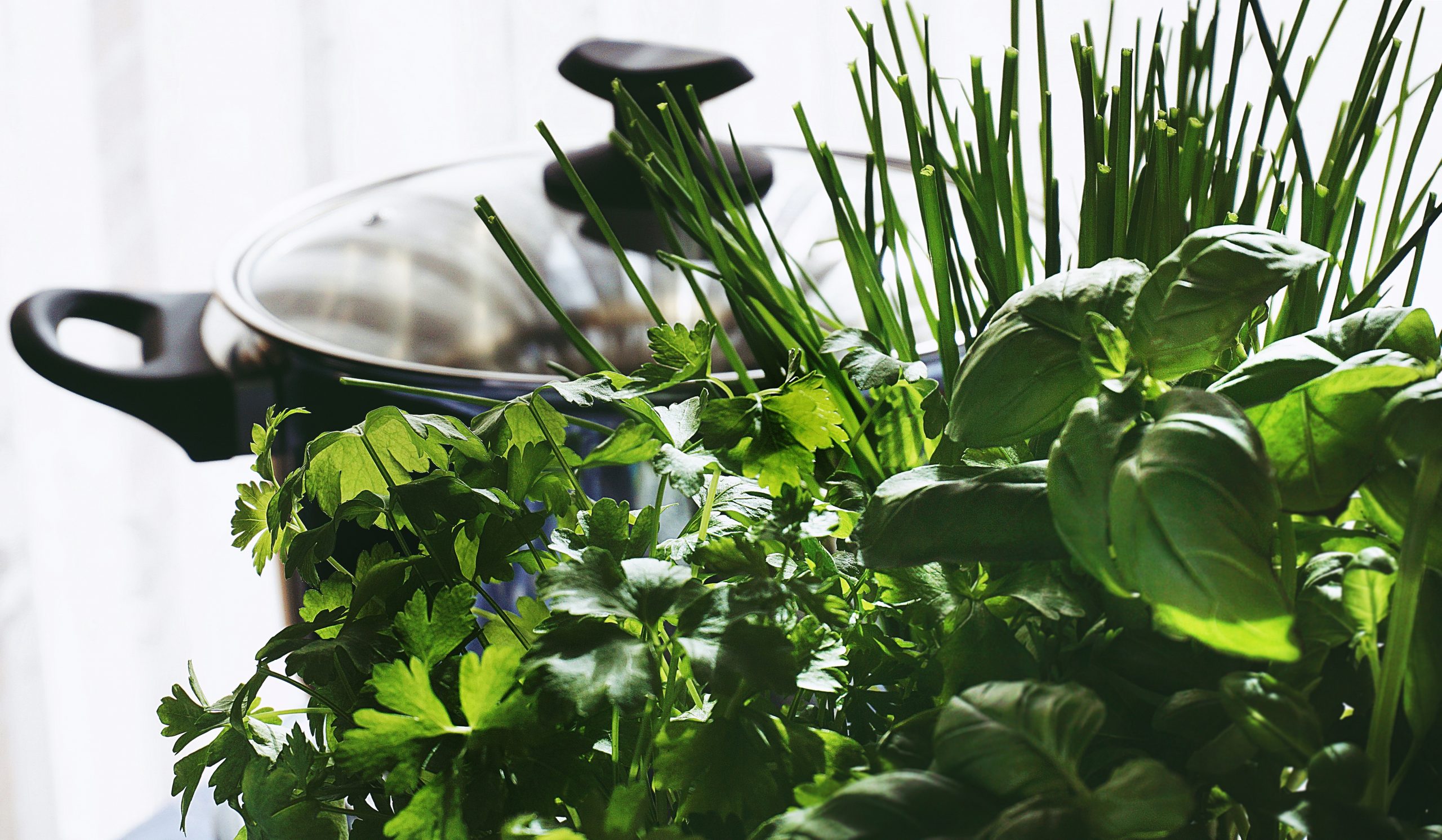 It doesn’t take much or a long time for herbs to grow, but that doesn’t mean that we can grow all kinds of greenery in our apartments – especially since these buildings don’t always receive large amounts of sunlight unless you have a sizeable balcony or enormous floor-to-ceiling windows. For beginners making their first foray into growing plants, you can easily cultivate herbs like parsley, mint, basil, rosemary, thyme, oregano and chives. These herbs are widely used in cooking, from meats and fish to stocks and sauces, and they only need just a light drop of sunlight to survive. Don’t feel pressured to fill your balcony or window ledge with every kind of herb, just do your homework and pick out which herbs you utilise in your cooking the most.
It doesn’t take much or a long time for herbs to grow, but that doesn’t mean that we can grow all kinds of greenery in our apartments – especially since these buildings don’t always receive large amounts of sunlight unless you have a sizeable balcony or enormous floor-to-ceiling windows. For beginners making their first foray into growing plants, you can easily cultivate herbs like parsley, mint, basil, rosemary, thyme, oregano and chives. These herbs are widely used in cooking, from meats and fish to stocks and sauces, and they only need just a light drop of sunlight to survive. Don’t feel pressured to fill your balcony or window ledge with every kind of herb, just do your homework and pick out which herbs you utilise in your cooking the most.
Find the light
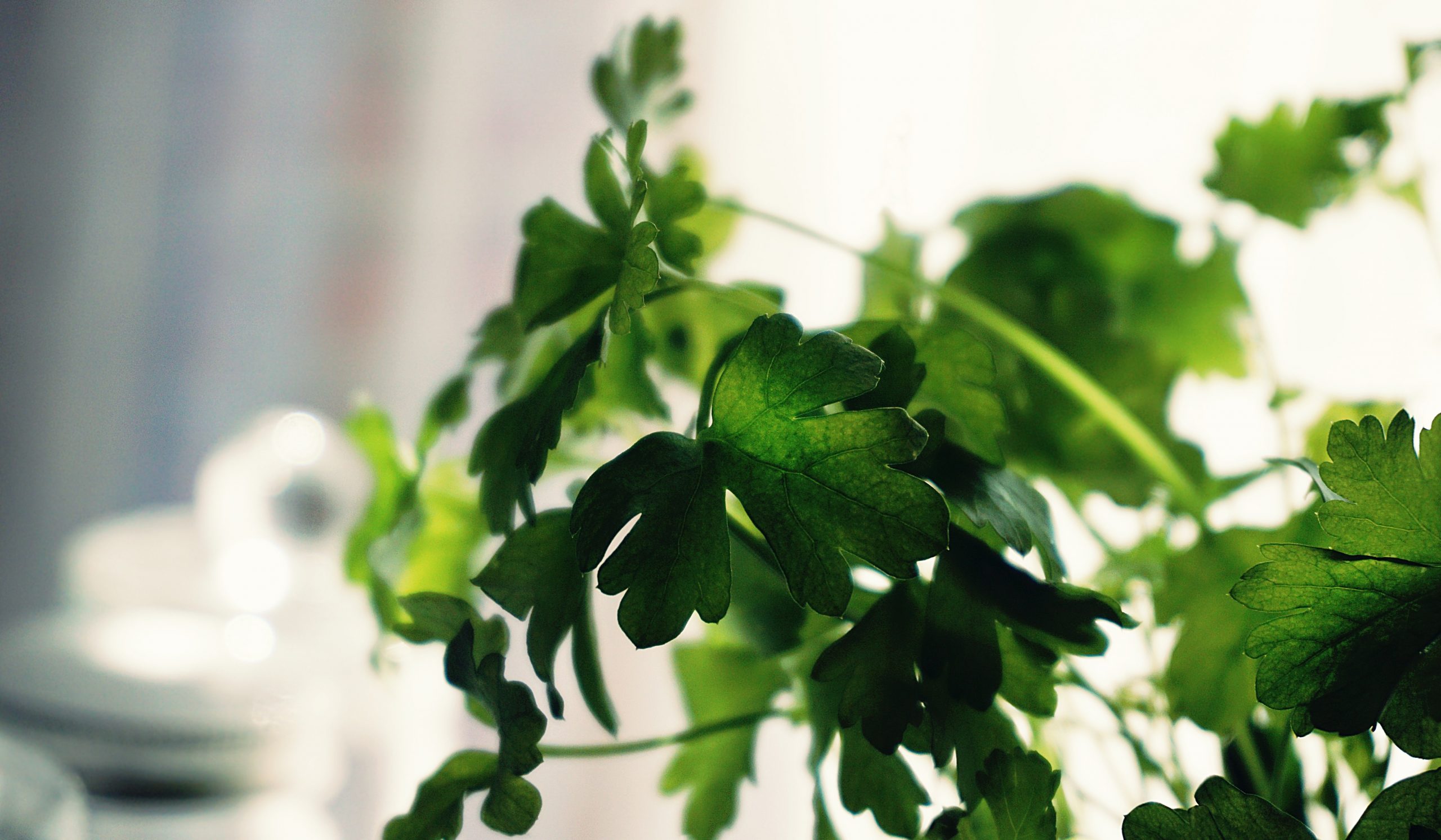 Now is the time to dig up whatever remnants of factual memories we have from our science class during our school days. Photosynthesis is the process of plants using sunlight to convert carbon dioxide into oxygen – and then some, though the need for sunlight bit is the only thing to keep in mind here. Make your plant is situated at an ideal spot – preferably near a window or on your balcony where it can receive plenty of sunlight. However, if you are parking them by your window, make sure they don’t end up getting pressed against it, as the cold glass can cause your herbs to quickly wither and die before you get to harvest them.
Now is the time to dig up whatever remnants of factual memories we have from our science class during our school days. Photosynthesis is the process of plants using sunlight to convert carbon dioxide into oxygen – and then some, though the need for sunlight bit is the only thing to keep in mind here. Make your plant is situated at an ideal spot – preferably near a window or on your balcony where it can receive plenty of sunlight. However, if you are parking them by your window, make sure they don’t end up getting pressed against it, as the cold glass can cause your herbs to quickly wither and die before you get to harvest them.
Build your foundation
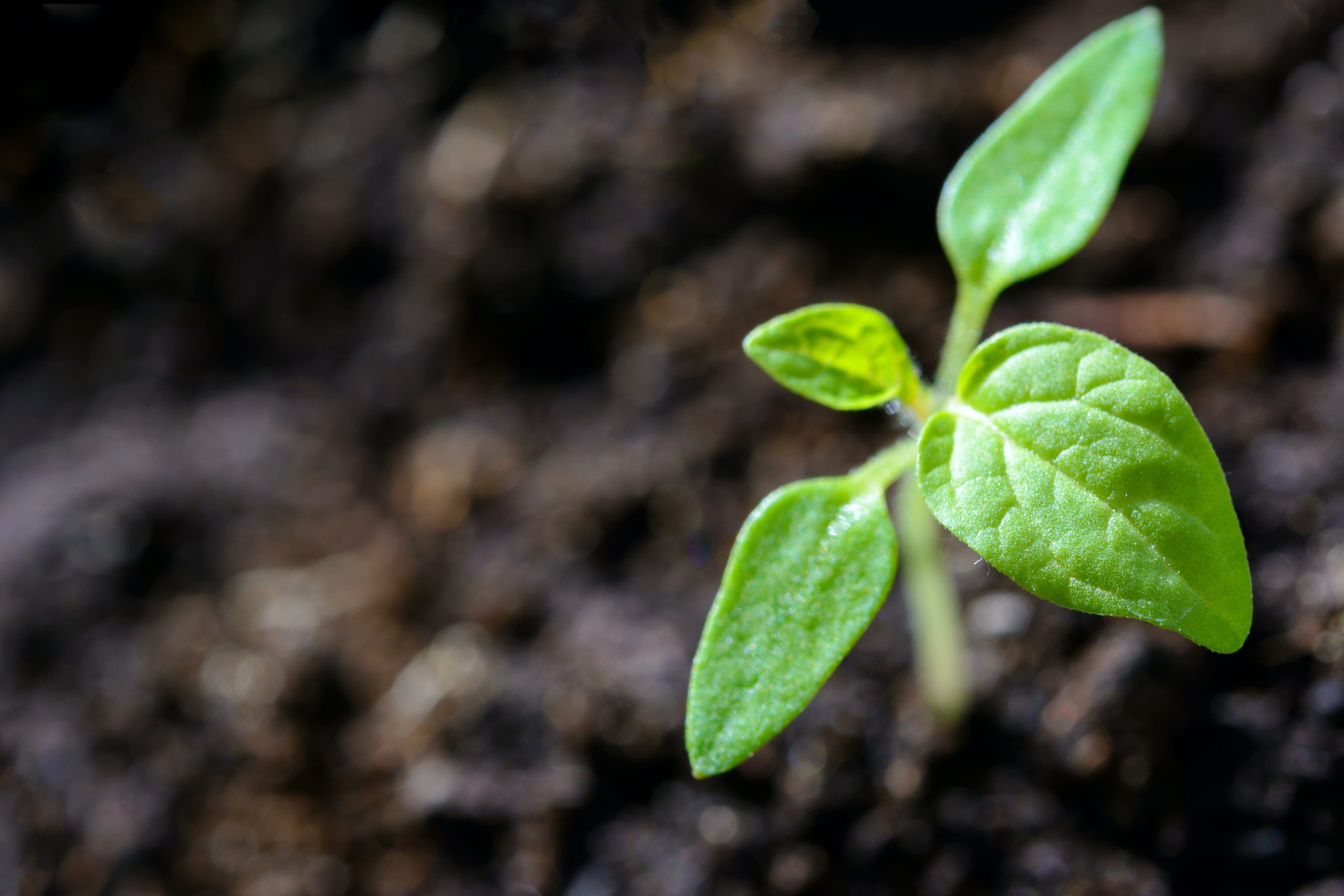 Herbs aren’t necessarily picky when it comes to what soil or dirt they thrive in. You can easily use your standard potting soil with added fertiliser. On the other hands, herbs such as rosemary, oregano and thyme will flourish in rocky, woody environments, so keep an eye out for soils that have wood mixes in them.
Herbs aren’t necessarily picky when it comes to what soil or dirt they thrive in. You can easily use your standard potting soil with added fertiliser. On the other hands, herbs such as rosemary, oregano and thyme will flourish in rocky, woody environments, so keep an eye out for soils that have wood mixes in them.
Don’t forget the plumbing
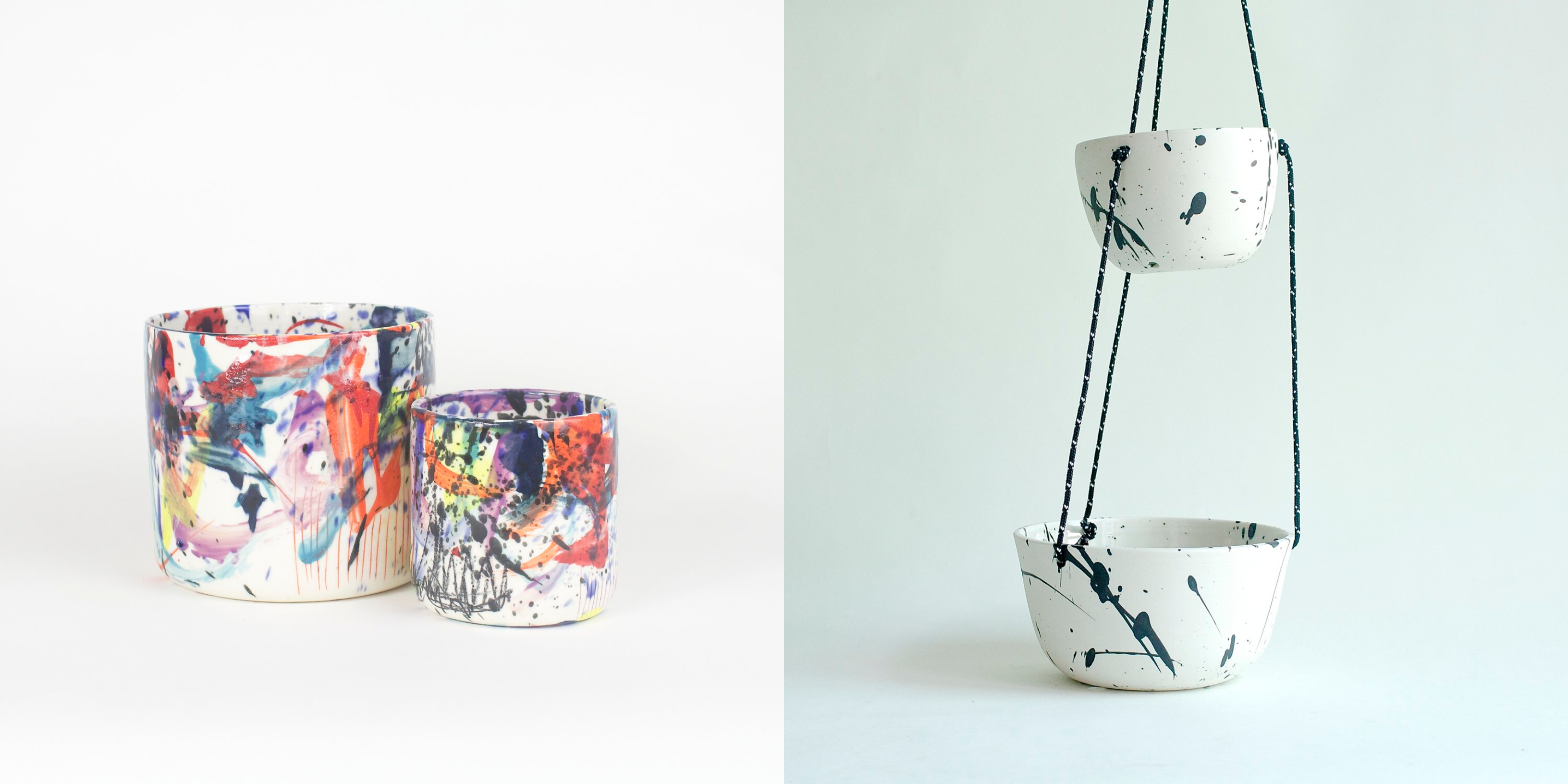
It’s important to find a planter (a.k.a a planting vessel or pot) that has good drainage channels to allow excess water to escape your plants without flooding them. However, if you already have a beautiful pot that you want to use and can’t be bothered buying a specific planter, you can easily construct your own drainage channel. All you need to do is add a layer of pebbles to the bottom third of the pot, then fill the rest of the pot with soil. This way, the roots of your herbs will remain in the soil portion of the pot, while excess water will drip down the the pebble layer.
To plant or not to plant
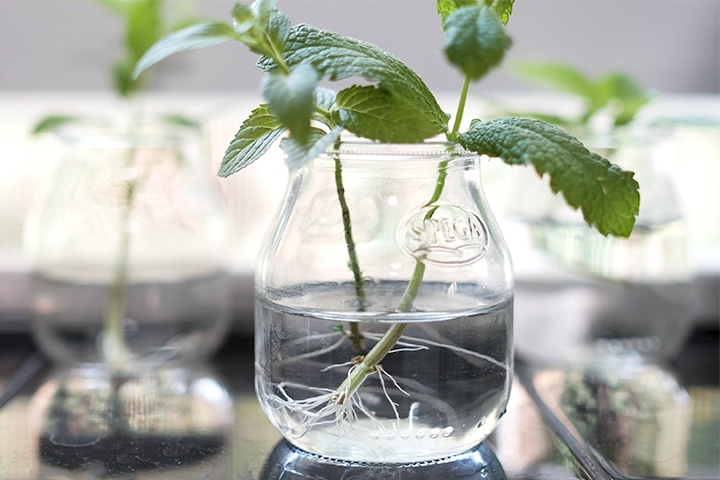 This is the part of gardening that requires a bucket-load of patience, especially when it comes to waiting for your precious seedlings to finally sprout. If you want to avoid seeds altogether, you can propagate or replant stems that have been cut from larger plants of the same variety. If you can find an existing plant you would like to grow, simply snip off a piece of the herb and submerge the trimmings in a clear jar of water. After that, cover the jar with a plastic bag, and place it away from direct sunlight to avoid setting the leaves aflame. Just remember to change the water every day or two until you can see the roots starting to sprout. You can then transfer the roots and trimmings into your planter after the former has grown about an inch.
This is the part of gardening that requires a bucket-load of patience, especially when it comes to waiting for your precious seedlings to finally sprout. If you want to avoid seeds altogether, you can propagate or replant stems that have been cut from larger plants of the same variety. If you can find an existing plant you would like to grow, simply snip off a piece of the herb and submerge the trimmings in a clear jar of water. After that, cover the jar with a plastic bag, and place it away from direct sunlight to avoid setting the leaves aflame. Just remember to change the water every day or two until you can see the roots starting to sprout. You can then transfer the roots and trimmings into your planter after the former has grown about an inch.
Stay hydrated
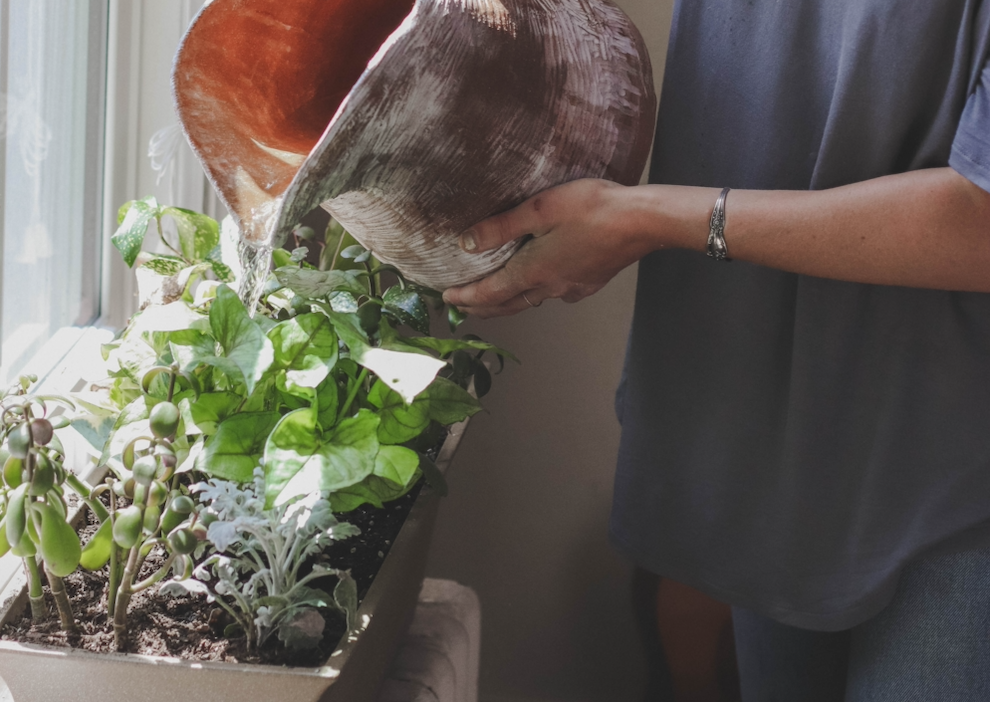 …but not too much. Though herbs need water like all living things in order to survive, it’s important to remember not to completely drench your plants everyday. Most herbs will flourish in well-drained soil, and they actually develop their most intense flavour if kept on the dry side. It’s fine game of balance between soaking your plants and utter complacence – just give your herbs a light sprinkling of water whenever the top few inches of the soil feels dry. Depending on the climate, this should be about every three to four days. You want the soil to have the texture of damp sand, not gravel or mud.
…but not too much. Though herbs need water like all living things in order to survive, it’s important to remember not to completely drench your plants everyday. Most herbs will flourish in well-drained soil, and they actually develop their most intense flavour if kept on the dry side. It’s fine game of balance between soaking your plants and utter complacence – just give your herbs a light sprinkling of water whenever the top few inches of the soil feels dry. Depending on the climate, this should be about every three to four days. You want the soil to have the texture of damp sand, not gravel or mud.
Harvest season
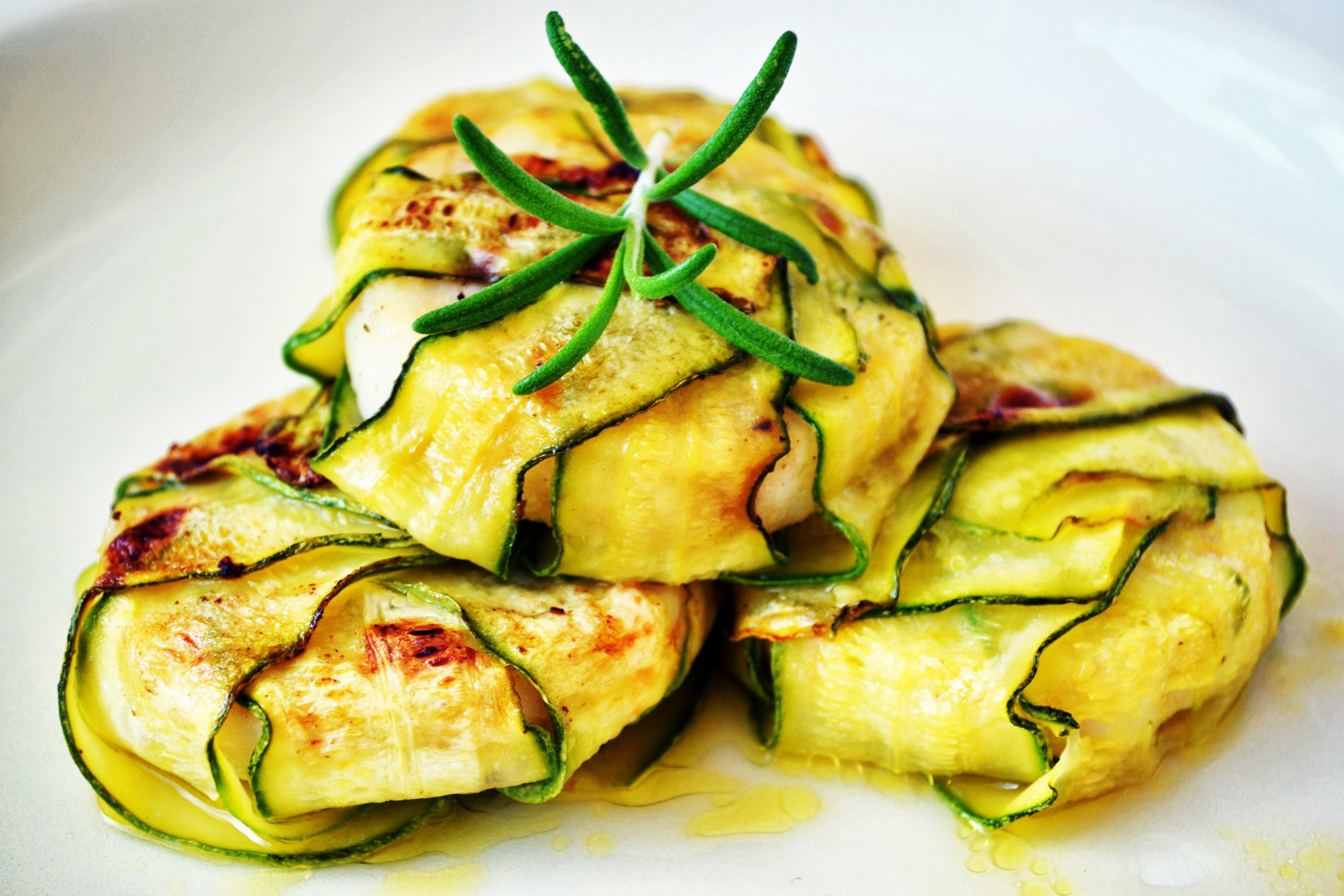 It’s not difficult to tell when your herbs are ready for harvesting. They’ll be in full bloom, proudly flourishing in all their fragrant glory – standing by to bring life and flavour to your next dish. Simple snip them off when you’re ready to use them and give them a quick rinse before turning your meals into a culinary masterpiece.
It’s not difficult to tell when your herbs are ready for harvesting. They’ll be in full bloom, proudly flourishing in all their fragrant glory – standing by to bring life and flavour to your next dish. Simple snip them off when you’re ready to use them and give them a quick rinse before turning your meals into a culinary masterpiece.
Photos: Unsplash




